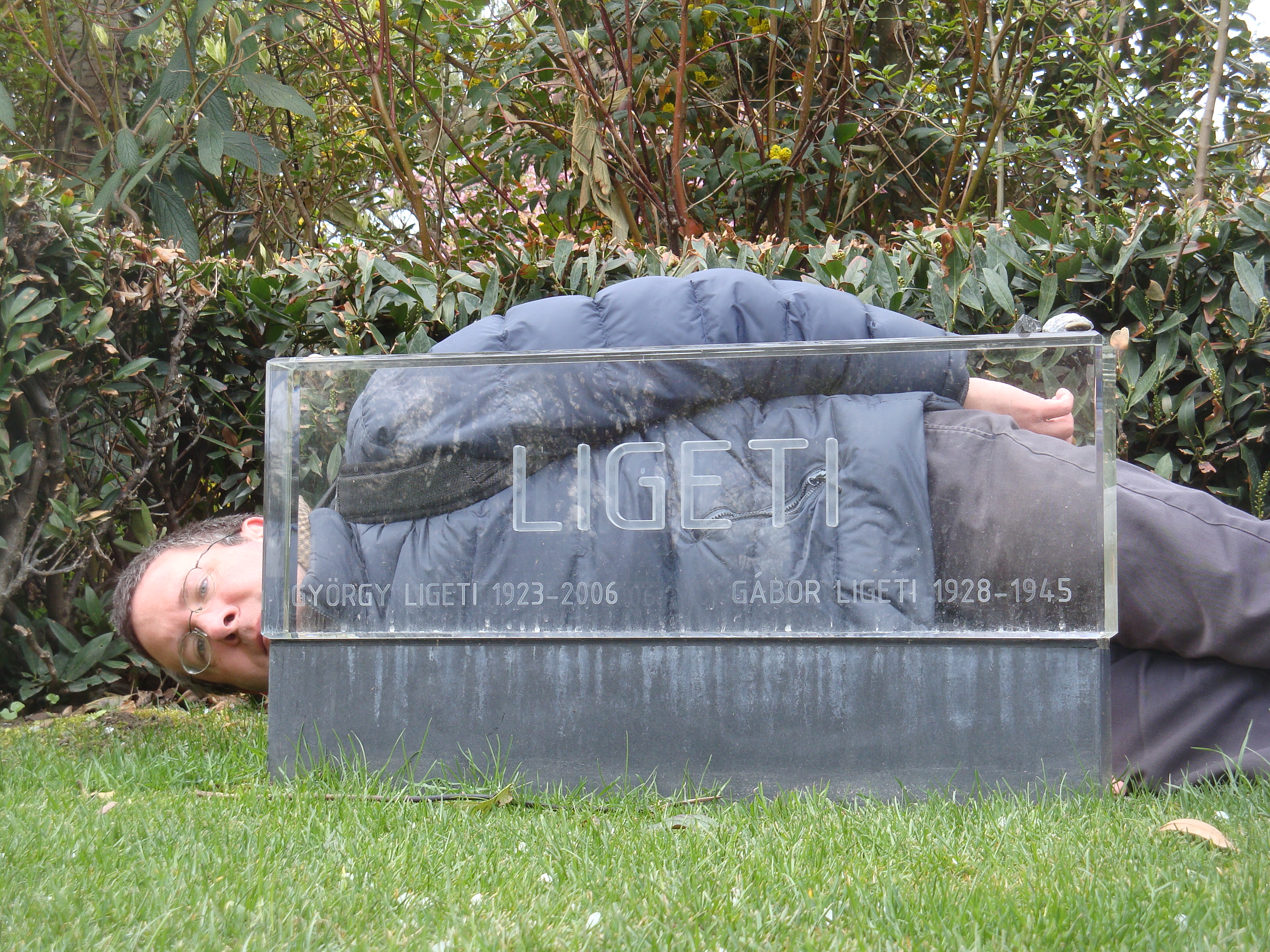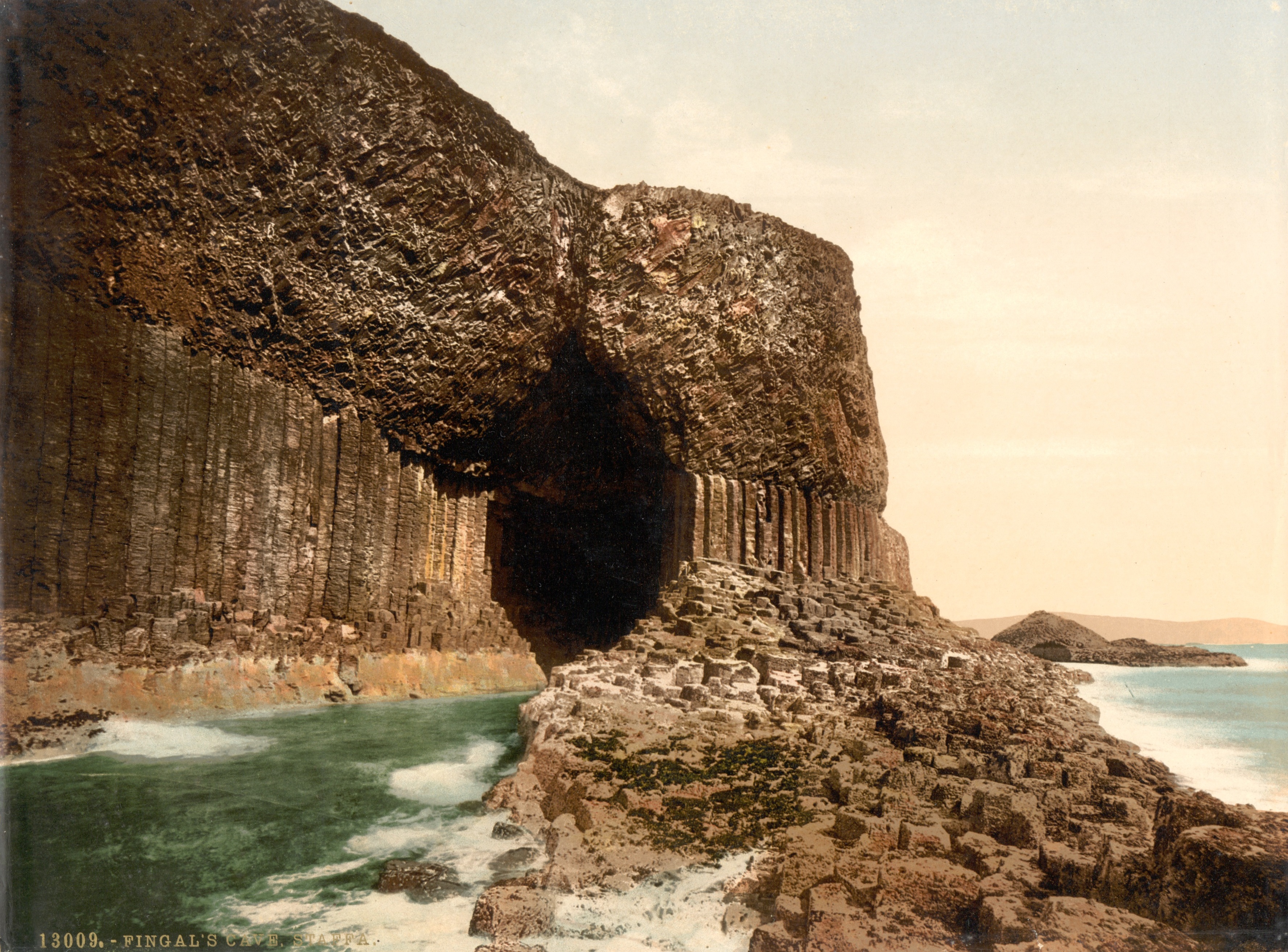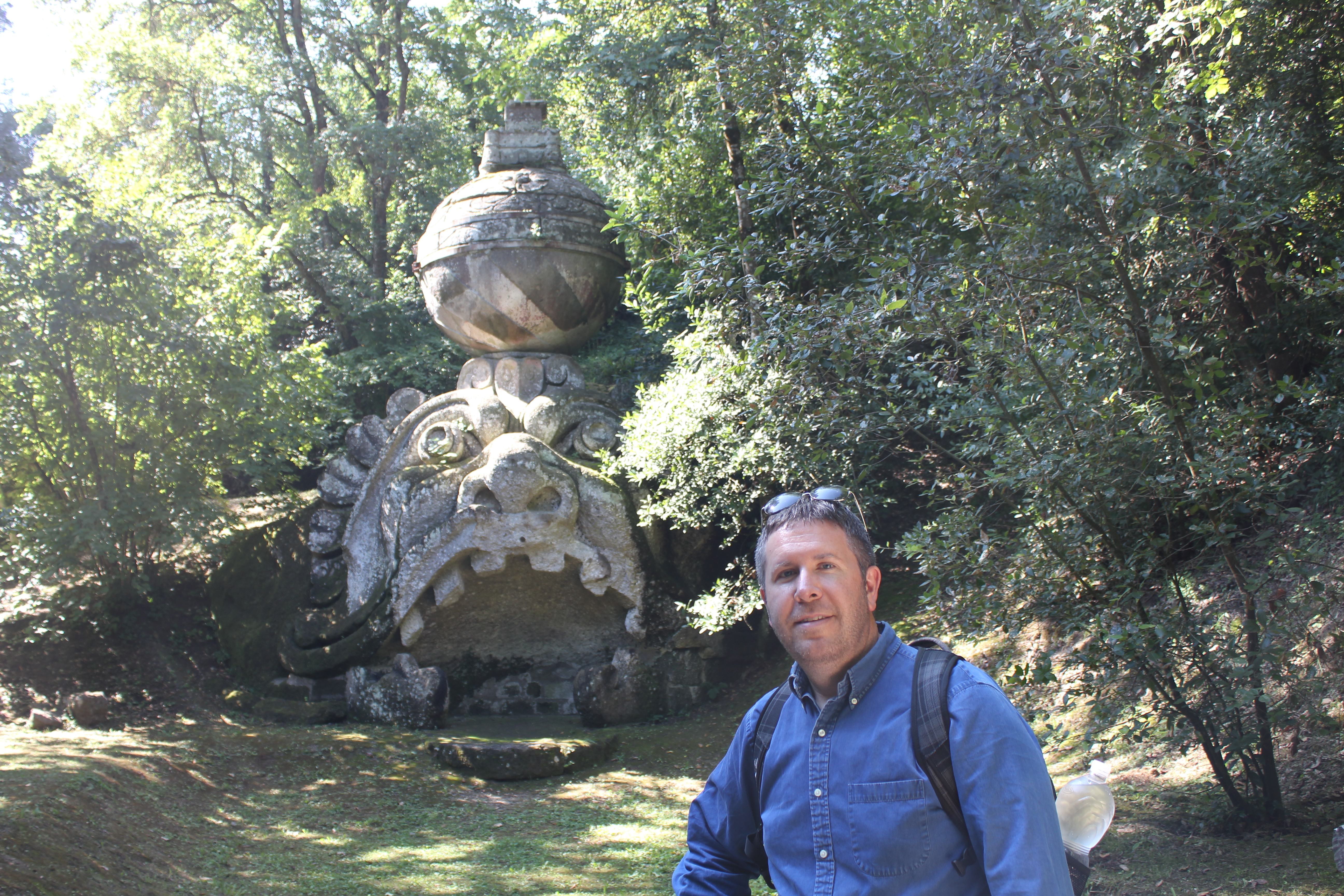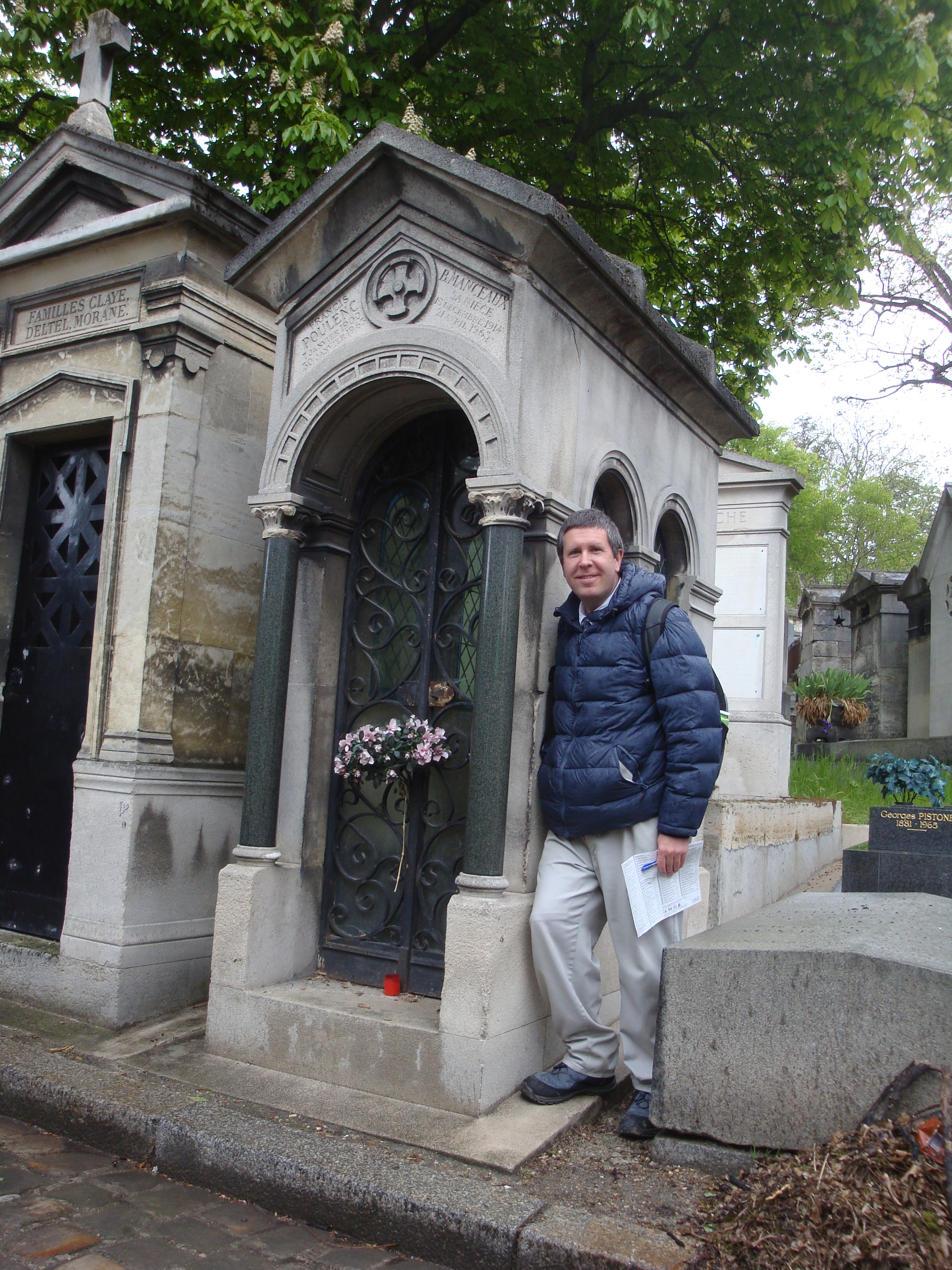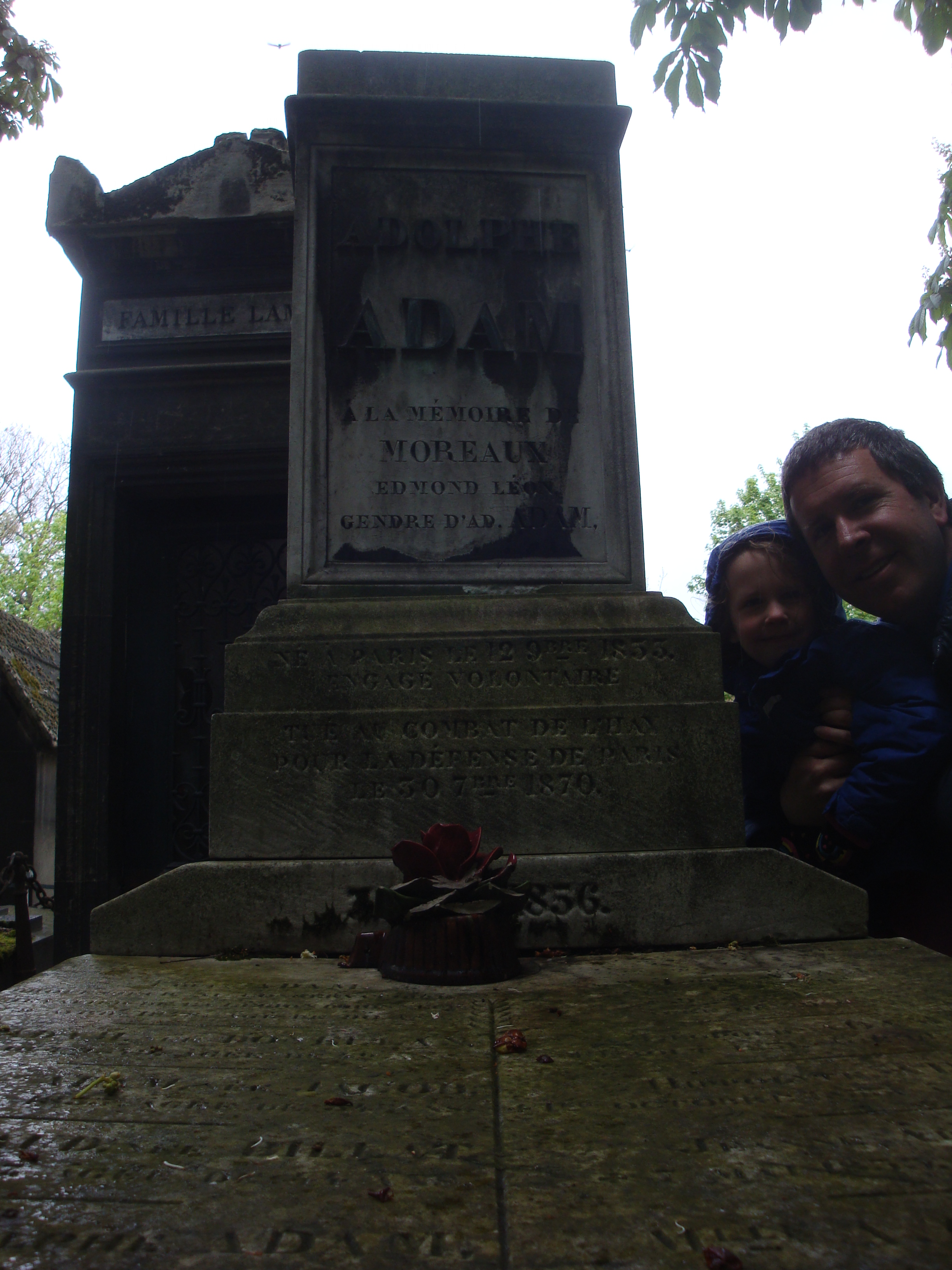I’m Listening to Everything Composed by Francis Poulenc
February 12, 2015(1899-1963)
Listen to this sound:
There is something so chilling about that sound… the sound of the guillotine.
This is from a certain recording of one of my favorite pieces of music. Poulenc is one of those composers who is almost always in my “top ten favorite composers” list. Part of the reason for that is the final scene of his best-known opera “Dialogues des Carmélites.” I’ve never seen this opera live, but I just listened to it from start to finish (over the course of several days) and I loved it. Loved it, loved it, loved it.
TITLE: Dialogues of the Carmelites
The basic story line is as follows:
During the French Revolution, an aristocratic young woman decides to become a Carmelite nun (Sister Blanche) because she believes she will be safer there than in her home, despite the fact that the revolutionaries are not only anti-nobility, but are also anti-cleric. The mother Superior explains to Blanche that she is not necessarily out of danger by joining the holy order. But Blanche feels that she is in the right place. As the revolution escalates, the nuns realize that they are indeed in danger and they decide to take a pledge of martyrdom (as opposed to hiding). They all take the pledge, but Blanche runs away and takes a job as a servant (again, to hide). The nuns are all arrested and condemned to death. At the execution, the nuns are executed one by one. At the last minute, Blanche shows up and takes her place with the nuns. As she climbs up onto the scaffold, she sings the Catholic hymn traditionally used when taking vows in a religious community and offering her life to God.
HIGHLIGHT: The final scene, of course. I find the faith of the nuns inspiring, especially in the face of certain death. And musically, it is amazing. You hear the nuns begin to sing the “Salve Regina” as they, one by one, climb the scaffold to face the guillotine. Each time the guillotine falls, one less voice is heard. The choir gets smaller and smaller until only a few nuns are left, then two, then Blanche. Depending on the recording, the effect is quite harrowing, especially if they include a convincing “blade” sound.
Here are some links to YouTube videos that are good (for different reasons):
In this one I really like the singers voices. Plus, I think the stylized deaths are effective (but I prefer to see a little more literal interpretations). Start it at about 2:50.
https://www.youtube.com/watch?v=e2ubBODy4N0
This one is definitely more literal in its depiction, the sound effect is good, but the light effect is not great. Start it at 3:24
https://www.youtube.com/watch?v=mkOK3aXzMpc
There are a few full length versions of the opera, but none had English subtitles.
Take a listen! It’s totally worth it. (My kids get mad at me when I play it in the car. Last time I started it, one of them said, “Dad, I don’t want to hear a bunch of nuns get killed!”)
WHAT’S LEFT TO LISTEN TO BY POULENC?: Tons, but, since he’s in my top ten list of favorite composers, I’m sure I’ll succeed at listening to them all.

